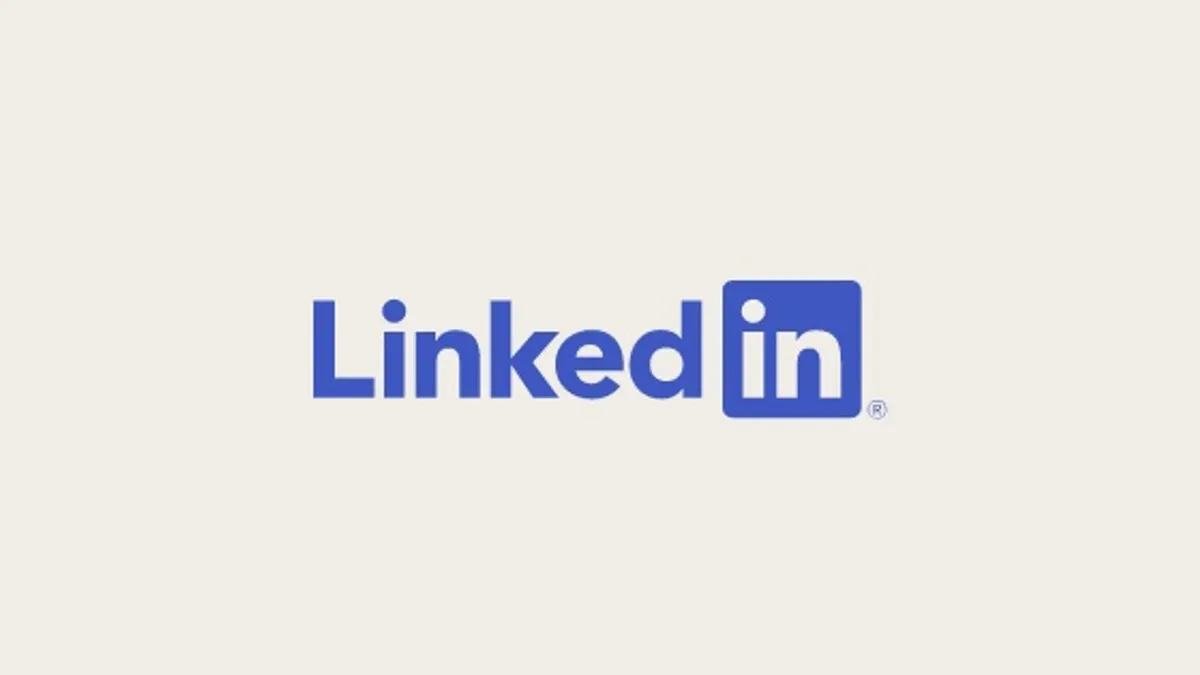Snapchat Returns to Five-Tab Design
Snapchat has officially reversed its decision to simplify its app to a three-tab design. This announcement came as part of the company's Q1 2025 earnings release. After testing a streamlined version featuring only Chat, Camera, and Spotlight, Snapchat found that users preferred the familiar five-tab layout.
The initial three-tab test, launched seven months prior, removed the Snap Map and Stories tabs. However, user feedback indicated a strong preference for the original design. This led Snapchat to develop a "refined five-tab interface" that retains all existing tabs while improving access to Spotlight.
Our most engaged Snapchatters consistently demonstrated a preference for a five-tab layout, favoring the familiarity of tile-based content discovery and a dedicated Map tab. Informed by these insights, we have begun testing a refined five-tab interface that combines the best of both approaches: bringing more Stories to the messaging experience and adding easier access to Spotlight, now placed directly to the right of the Camera.
The company's Q1 2025 investor letter highlights that a more prominent Spotlight experience and integrating Friend Stories within chats boosted daily and total content views, especially among casual users.
Snapchat's User Base and Financial Performance
This design reversal comes as Snapchat reports a loss of 1 million daily active users (DAUs) in North America, dropping from 100 million to 99 million quarter-over-quarter. Despite this, the platform boasts over 900 million monthly active users (MAUs) globally and 460 million DAUs worldwide, a year-over-year increase of 38 million.
Snapchat reported $1.36 billion in Q1 revenue, a 14% year-over-year increase. This growth is attributed to the success of Snapchat+ and advancements in advertising solutions.
The company's decision to prioritize user feedback demonstrates a commitment to optimizing user experience and engagement. The refined five-tab design seeks to balance familiarity with improved content discovery, potentially driving future growth.







